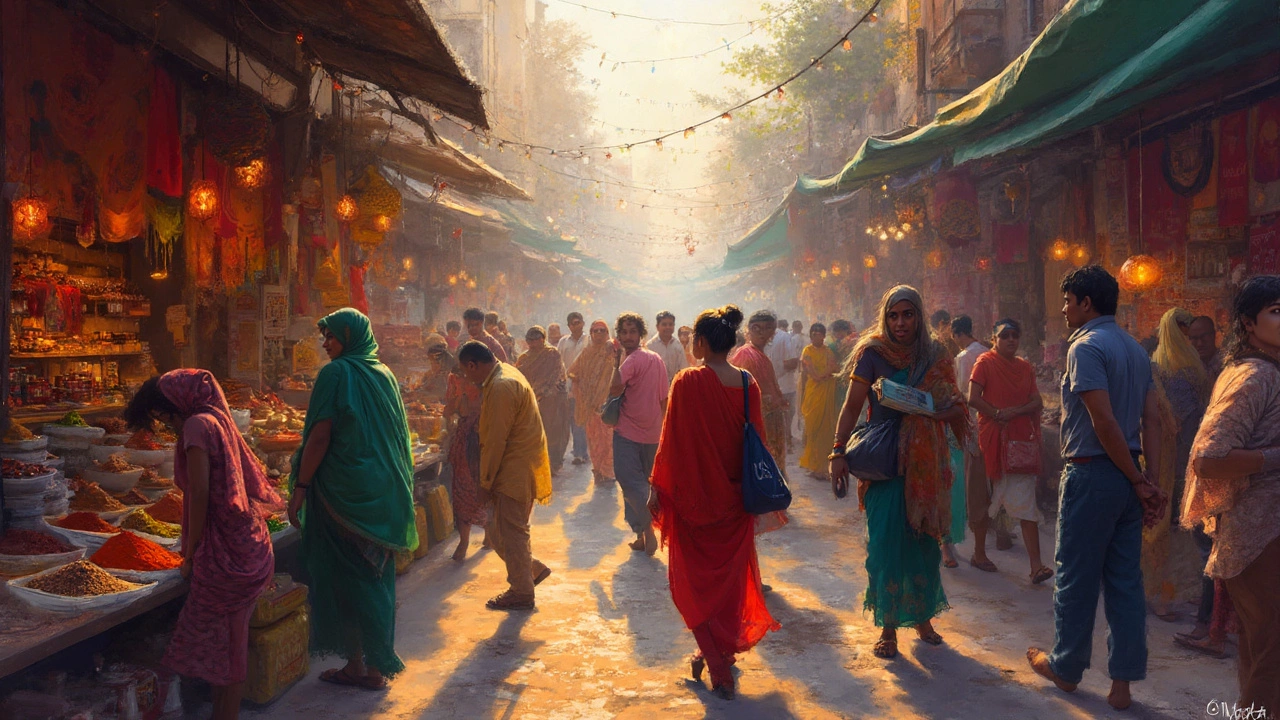US Citizens Traveling to India: Visa, Vaccines, and Safety Tips
For US citizens, American travelers planning a trip to India, the journey starts long before the plane lands. It begins with understanding the Indian visa for US citizens, the official digital entry permit required for tourism, business, or medical visits. In 2025, the e-Visa costs between $25 and $100 depending on duration, and it’s processed in under 72 hours—no embassy visits needed. This isn’t just paperwork; it’s your ticket to everything from the Taj Mahal to remote Himalayan treks.
Before you pack, check your vaccines for India, the immunizations that protect travelers from diseases like typhoid, hepatitis A, and rabies. The CDC doesn’t require all of them, but skipping the basics is risky. A single shot of typhoid vaccine can prevent weeks of illness. And yes, you need proof of yellow fever vaccination only if you’re flying in from an infected country—but most US travelers don’t. Don’t waste money on shots you don’t need. Focus on what actually matters: hepatitis A, typhoid, and routine boosters like MMR and tetanus.
Then there’s safety. India travel safety, the practical steps US citizens take to avoid scams, foodborne illness, and cultural missteps, isn’t about fear—it’s about awareness. Mumbai is safer for solo travelers than Delhi. Street food is fine if it’s hot, busy, and cooked in front of you. Tap water? Never drink it. Uber works in Goa, but not everywhere. These aren’t rumors—they’re facts from thousands of real trips.
And don’t forget the little things: temple dress codes, cash vs. card use, and how to handle touts. You won’t find this stuff in glossy brochures. You’ll find it in the honest stories of travelers who’ve been there. That’s what this collection is for. Below, you’ll see exactly how much an Indian visa costs for US citizens in 2025, which vaccines are non-negotiable, which cities are safest, and how to eat without getting sick. No theory. No guesswork. Just what works.
